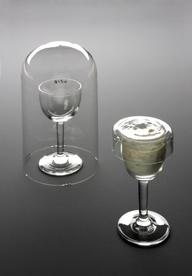


Microtome, Topping type, c. 1840
A microtome is used to cut animal and plant material into slices for study under the microscope without damaging the delicate internal structure of the specimen. The microtome has a brass well to raise the specimen and a clamp used in cutting. A razor slides over the top to make the cuts. This example was invented by Charles Morgan Topping (1800-1874) around 1840 and one is the first microtomes. Previously, specimens were squashed flat, damaging them in the process. Topping began to prepare microscopic slides commercially in 1840 and probably used his own invention to do this.
Details
- Category:
- Microbiology
- Collection:
- Sir Henry Wellcome's Museum Collection
- Object Number:
- A627273
- Measurements:
-
overall: 180 mm x 190 mm x 95 mm, .62kg
- type:
- microtome



